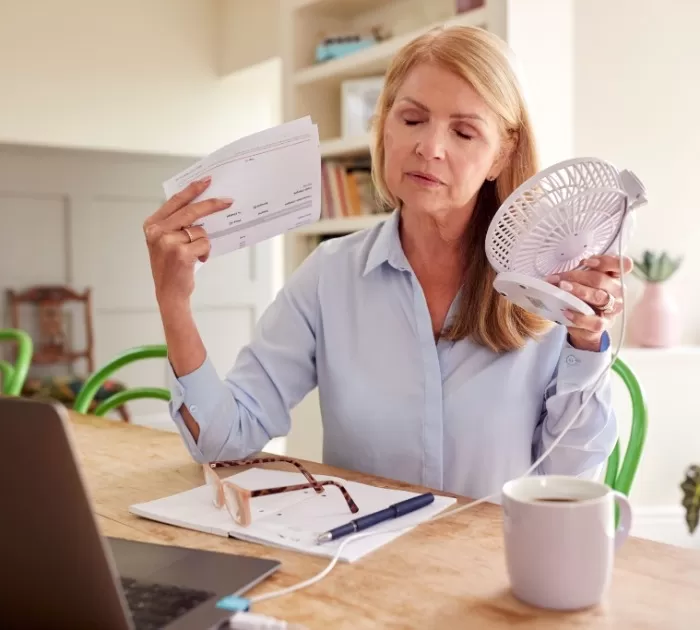Introduction
Hot flushes, also known as hot flashes, are one of the most common symptoms experienced during menopause and perimenopause. They occur due to hormonal fluctuations, particularly the decline in oestrogen, which affects the hypothalamus—the part of the brain that regulates body temperature. These hormonal changes can make the hypothalamus more sensitive to slight variations in body temperature, causing sudden heat waves, flushing, and sweating as the body tries to cool down.
Other factors that may trigger or worsen hot flushes include stress, spicy foods, alcohol, caffeine, and a warm environment.

